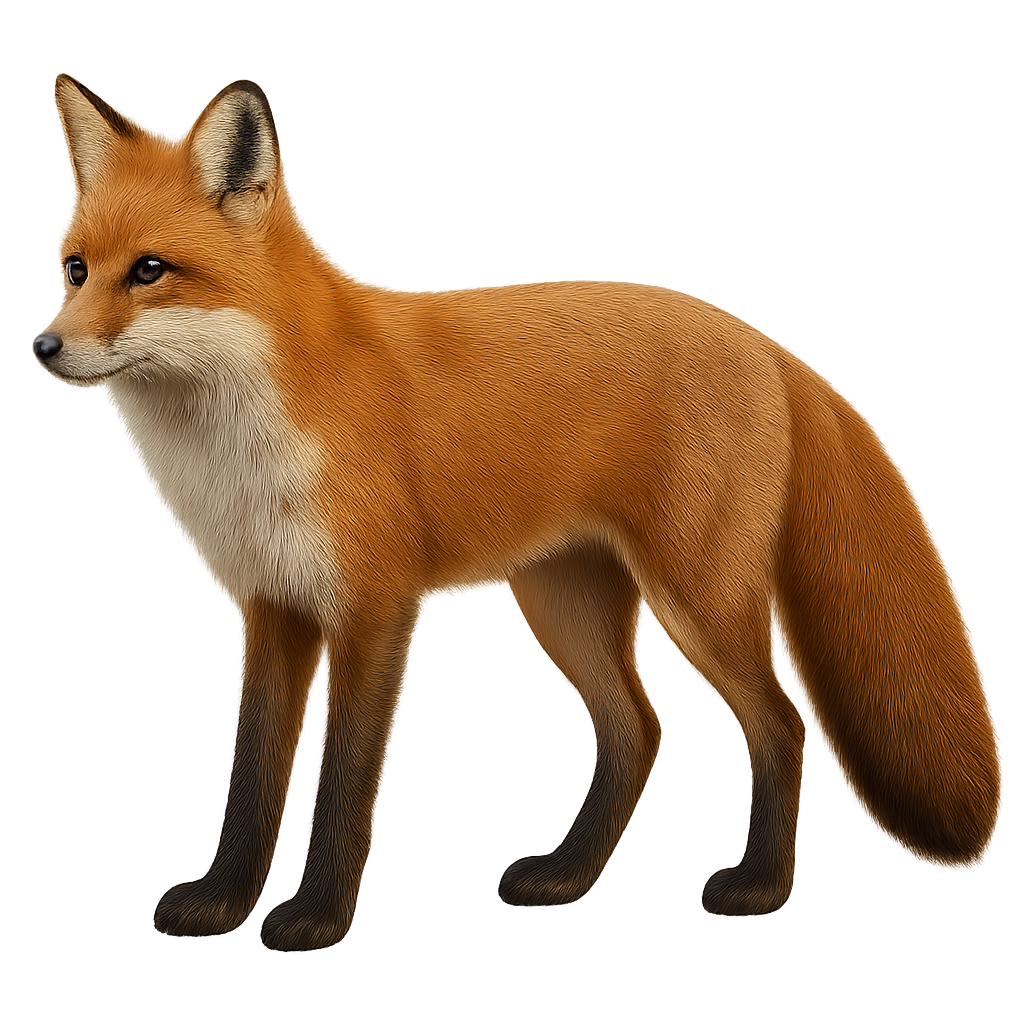Observe and photograph a species in its natural habitat
Learn where and when to observe a species in the wild, how to recognize it in the field, and what habitats it lives in. Get photography tips adapted to its behavior and capture stunning images without disturbing the animal. For full details, open the complete profile in the WildlifePhotographer app.
Red fox
Scientific name: Vulpes vulpes

IUCN Status: Least Concern
Family: CANIDAE
Group: Mammals
Shyness: Shy
Safe distance: 30 m
Breeding season / Courtship: 15.12-15.02
Gestation: 52 jours
Births: 01.03-31.05
Habitat:
Varied habitats: forests, countryside, and urban areas
Description:
The Red Fox is a small carnivore primarily found in forests, meadows, and agricultural areas of Europe, Asia, and North America. It measures about 45 to 90 cm in length, with a tail of 30 to 50 cm, and weighs between 3 and 10 kg. Its fur is typically reddish with white underparts and on the legs, and its tail is bushy with a white tip. The Red Fox is an opportunistic and omnivorous animal, feeding on small mammals, birds, insects, fruits, and berries. It is primarily active at dusk and night. While its population remains relatively stable in many regions, it can be threatened by habitat loss, vehicle collisions, and diseases.
Recommended lens:
>=400 mm
Photography tips:
Use a telephoto lens to photograph from a distance, respecting the discreet nature of the species.
Photograph early in the morning or late in the afternoon, when the soft light highlights the shiny coat and details of the red fox.
Look for it in various habitats, such as forests, meadows, cultivated fields, and urban areas, where it may feed on small animals or food scraps.
Be patient and discreet to avoid disturbing its natural behavior. As the fox is often active at dawn and dusk, it is important to remain silent and avoid sudden movements.
The Red Fox is a protected species in many regions. While it is widespread, it is essential to respect its space, especially when it is raising its young or using sensitive habitats.
Ready to take action?
Choose your platform and start your free trial today



